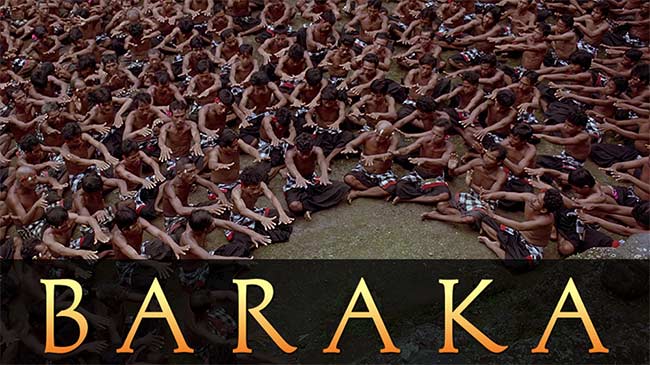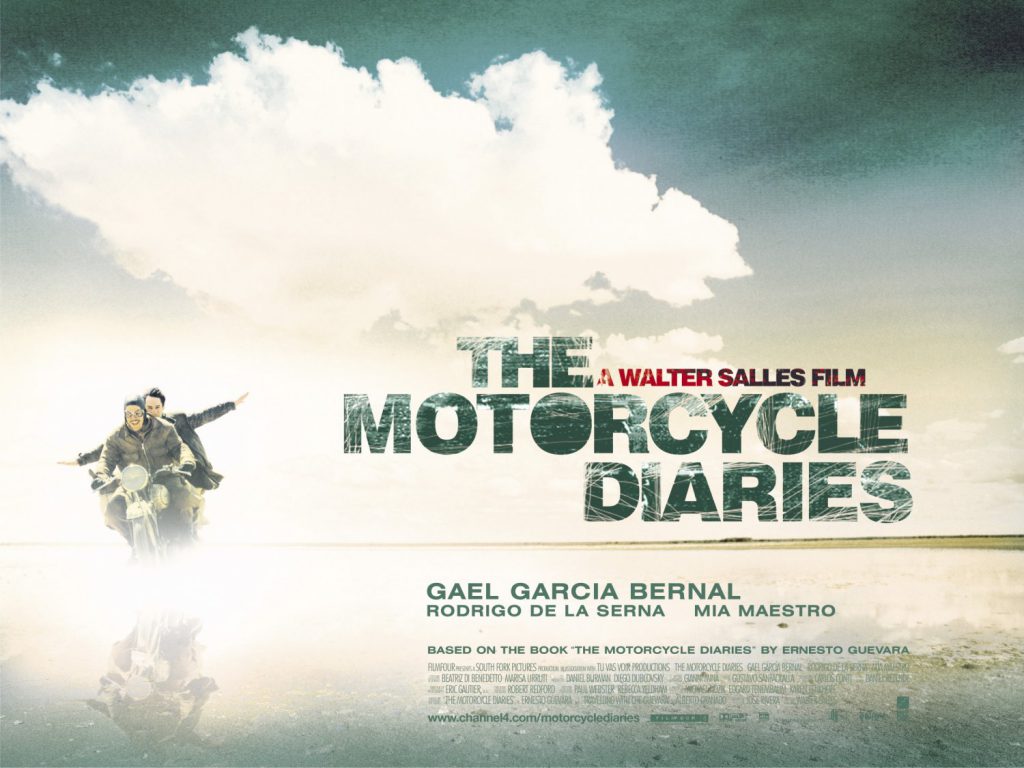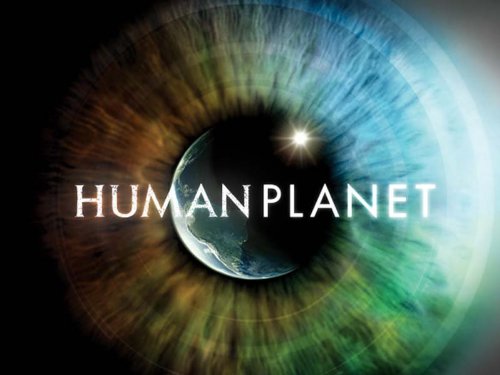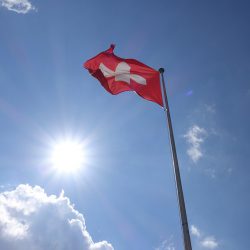Travel is a much awaited subject but there’s a side to travel we don’t often see. It’s the untouched and oftentimes sad side of travel. Here are 5 travel documentaries we think you should watch to get a better appreciation of the different cultures and places around the world.
The Endless Summer (1966)
This is a surf movie directed and produced by Bruce Brown. Bruce Brown followed two surfers, Mike Hynson and Robert August, as they go on a surfing trip to the coasts of Australia, New Zealand, Tahiti, Hawaii, Senegal, Ghana, Nigeria and South Africa. The film wants to show how it would be possible for someone who has enough time and money to follow the summer up and down the world (northern to southern hemisphere and back), making it endless.

Baraka (1992)
Baraka is a documentary film directed by Ron Fricke and shows natural events, life, human activities and technological phenomena shot in 24 countries on six continents over 14-months. It features locations such as the Church of the Holy Sepulchre in Jerusalem, the Ryoan temple in Kyoto, Lake Natron in Tanzania, burning oil fields in Kuwait, the smoldering precipice of an active volcano, a busy subway terminal, tribal celebrations of the Maasai in Kenya, and chanting monks in the Dip Tse Chok Ling monastery.

The Motorcycle Diaries (2004)
The Motorcycle Diaries is a great road trip movie based on Che Guevara’s journey across South America. His journey together with his friend Alberto Granado, uncovers secrets, beauties, and struggles of Latin America. The movie apart from showing what South America has to offer, is also an example of how traveling can affect one’s views and decisions.

South Pacific (2009)
South Pacific is a British nature documentary series from the BBC Natural History Unit with six episodes. The mini-series is co-produced by Discovery Channel and surveys the nature and culture of the numerous islands in the South Pacific region. The film was shot for 18 months in a variety of remote locations around the Pacific including: Anuta (Solomon Islands), Banks Islands, French Frigate Shoals, Papua New Guinea, Palmyra, Kingman Reef, Tuvalu, Palau, Caroline Islands, Tuamotus and Tanna Island in Vanuatu.

Human Planet (2011)
Human Planet is an 8-part BBC produced documentary series about human species and its relationship to the natural world. It was filmed in the deserts, jungles, forests, urban metropolises, oceans, high mountains, riversides, and grasslands of over 70 locations in 40 different countries. The film also features subjects such as camel herders in the Gobi desert, African fertility dances, and Hunters from Greenland, divers in the Philippines, Hawaiian surfers, untouched tribes in Brazil, and bee-keepers from New York.







